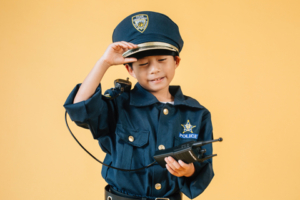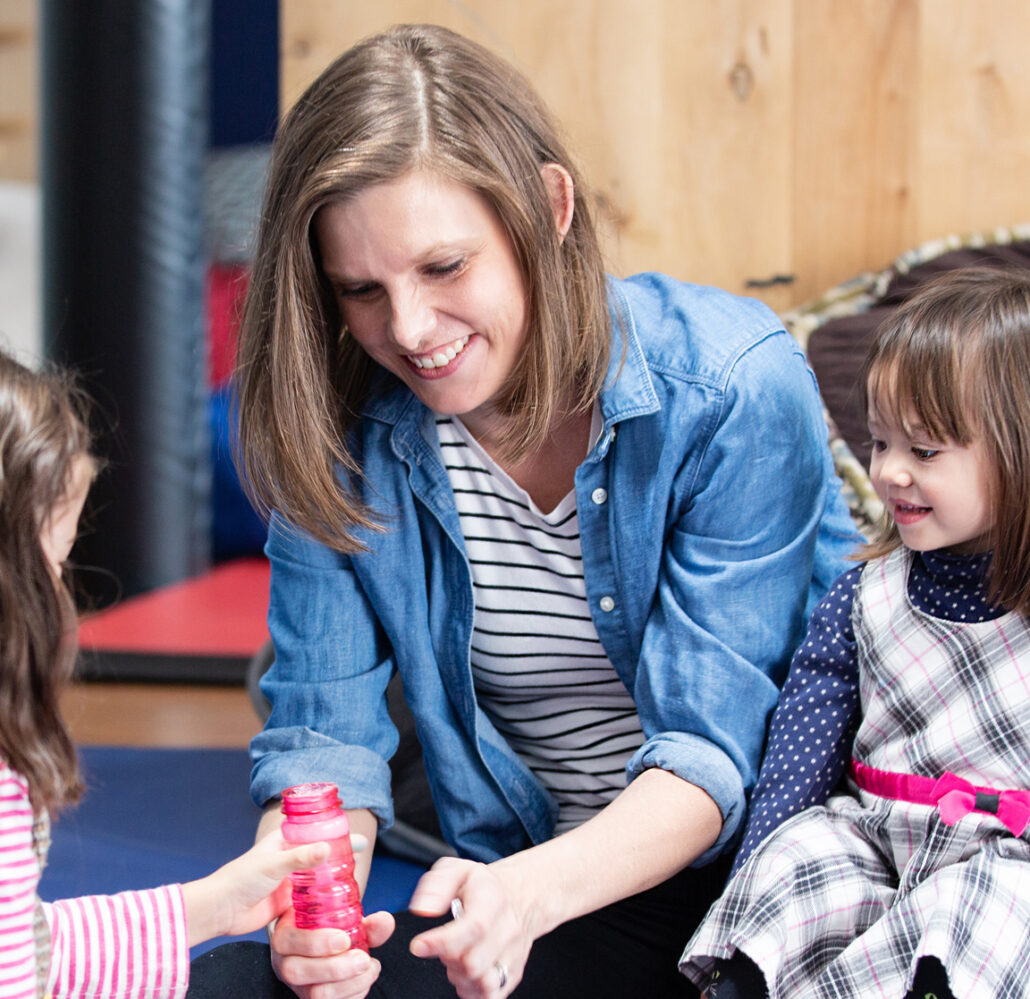As a parent, you try to prepare your child for any imaginable situation they may find themselves in, from simple tasks such as recalling their address and important phone numbers to appropriately responding to someone hurt or in danger. This blog talks about the importance of teaching our children about community helpers and their roles for their safety. In the context of emergency situations, it is vital to prepare children to recognize and trust community helpers who are trained to serve & protect like firefighters, doctors, nurses, and the police. It is necessary to instill in young children, whether that is at home or at school, the importance of avoiding strangers; however, in an emergency situation like a house fire, children will need to recognize and understand that the stranger in a uniform is there to help and bring them to safety. By teaching our children to see Policemen, Firefighters, or local Librarians as friends, we can dramatically change how they view these figures in the future.
At Blue Bird Day, children are taught in their classroom that community helpers are people who work together to make the community a safer place for everyone. Children are taught the names of community helpers and how they use their specific skills to serve their city. Blue Bird Day teaches these lessons not only to increase vocabulary and general knowledge but also to prepare children with an understanding of how to interact with these community helpers in the event of an emergency.
The weekly lesson plan coordinated as Community: People I see provides the opportunity for children to learn about community helpers with their peers, but also allows the parent to further reinforce the importance of community helpers by talking about their role when you see them around town.  To help guide you and your child towards a healthy relationship with the community – lead by example! Whenever you encounter a community helper, demonstrate a positive attitude. This can be accomplished by greeting a Police Officer when you pass them on the street or in the store. Smile and wave to Firefighters or Ambulance Drivers when you and your child are in the car; remember to thank the Mail Carrier every time you see them. Rather than exhibiting fear or hesitation for Doctors or Dentists, emphasize how much better they make us feel – our children are paying attention to our actions and these little acts make a BIG difference.
To help guide you and your child towards a healthy relationship with the community – lead by example! Whenever you encounter a community helper, demonstrate a positive attitude. This can be accomplished by greeting a Police Officer when you pass them on the street or in the store. Smile and wave to Firefighters or Ambulance Drivers when you and your child are in the car; remember to thank the Mail Carrier every time you see them. Rather than exhibiting fear or hesitation for Doctors or Dentists, emphasize how much better they make us feel – our children are paying attention to our actions and these little acts make a BIG difference.
Another fun activity to promote this idea is planning a visit to your local Police or Fire Station. By providing your child with a firsthand look at what our community helpers do outside of books and songs, you can serve to strengthen their connection to a friendly outlook. At home, you can also encourage pretend play by acting as community helpers with costumes or other props, such as creating a Fire Truck from a box and using flashlights. These activities will help children understand their role in the community while tying together that there are people who can help provide safety and comfort if a disaster or emergency arises. Starting your children on a healthy path towards good relationships with their community and neighbors will set them up for success in their futures.

Learn More About My Programs
Blue Bird Day is a rotational therapy program structured like a preschool or kindergarten, but instead of teachers all our staff are therapists! This program is designed to foster socialization, sensory regulation, and learning for children ages 2-7 and helps provide children the tools they need to succeed in a traditional classroom.
Eyas Landing is an outpatient therapy clinic that provides services for children ages 0-21. Our multidisciplinary team of therapists provide ABA, developmental, occupational, physical, speech, nutrition and feeding therapy along with early intervention, social work, counseling, and neuropsychological testing at our West Loop clinic, in-home, at school, and virtually.
Merlin Day Academy is a therapeutic day school for children ages 6-14. Our proprietary model utilizes daily therapeutic and educational rotations to support children’s growth, learning, and their transition into the least restrictive environment possible.




